“Call me Ishmael” ~Herman Melville
We are born to tell and listen to stories of all kinds, but the most popular and pervasive of these is the narrative story—a story which retells an experience you have had. Every time someone asks you: “how was school? how was your trip? did you catch anything? what do you like about him? “was it a good game”? … and you answer with more than a grunted single-word response, you are telling a narrative story and YOU are the narrator. The only difference between a narrative story and a fictional story is how much you can play with the truth. The art of the story is the same.
Of course, some people tell better stories than other people, but why? The answer is probably because they tell more stories or they read more stories. They are not satisfied with the single grunt because they love and want to recreate the moment as vividly and compellingly as possible, and by the process of elimination and addition they have figured out how to tell a good story. Good storytellers know what goes into a good story, and, just as important, they know what to leave out. They know that a good story, well told, brings great satisfaction to them as the tellers and writers and to their audience as listeners and readers.
Truth be told, if you can’t tell a good story, it will be hard to get people to listen to you when you really want and need them to listen to you, like when you want to get into a certain school, or you want a certain job, or you are meeting new friends, or you are asking someone on a date, or you desperately need to get through that border crossing…really, anytime you are in a position where someone or somebodies want to hear your story, you need to be able to produce—and to produce, you need to practice.
Kind of like I am doing now.
Thankfully, you probably are already a good storyteller, at least in your head. The harder job is to get your mouth to say it like you think it or your hand to write it like you think it—it being the story. Sometimes this means you have to ignore what your teachers may have taught you about writing, for a good story needs to sing and flow with the unique rhythms of your natural way of speaking, which is rarely what a teacher is looking for in your essay. Imagine if your speaking was graded as harshly as your writing pieces? You would barely get out three sentences without being stopped dead in your tracks! Your mouth would be covered in so many red x’s that you probably would never speak again–and that would be the end of good stories. At least from you. (Even now, my grammar checker is underlining way too many phrases and words–even whole sentences–with green scribbly lines asking me to reconsider how I am writing. I just ignore them. For now.)
The irony for you as a writer is that to recreate your inner voice into a story your readers enjoy reading, you have to write deliberately and carefully to be sure that it sounds and “feels” like you, and that (at least for me) takes a good deal of editing and revising and reading aloud–something most of us know how to do. We just don’t do it enough. But if you do, and if you like what you have created: man oh man, what a great feeling!
Hopefully, I have written well enough that you are still with me, and if you are still with me, and if you want to be a better writer and teller of stories, you will “listen” just a bit longer. As Maria sings in “The Sound of Music” when teaching her gaggle of children: “Let’s start at the beginning/ It’s a very good place to start/ When we sing we begin with do, rei, me…
Rule #1: Get your reader’s attention! (set the scene)
Your opening line is like the opening whistle in a soccer game, the first pitch in a baseball game, or the kickoff in a football game. It creates excitement and anticipation. No one knows what exactly is coming, but it certainly keeps us in our seats to see what is coming.
Your opening line (or sometimes even just a word!) should be an expression of your passion for the story you are about to tell. As Robert Frost once said: “If there are no tears for the writer, there are no tears for the reader.” So open with a line that gets you as excited as your reader.
I enjoy fishing. [NO NO NO: Nobody cares about you!]
It was a day that every fisherman lives for. [YES YES YES: Every fisherman that has ever fished (or wishes to fish) lives for that day!]
Sally is a good friend of mine. [Nooooo….]
A good friend stands by you come hell or high water. [Yessssss! Everybody (especially your readers) wants a friend like that.]
Rule #2: Let your reader know where you are taking them. (state the theme)
The best place to let your reader know the overall direction and guiding theme of your story is at the end of the first paragraph. Few readers will continue on reading if he or she is not reasonably sure that reading your story is going to be worth the effort.
Make the last line of your opening paragraph a clear, concise, and compelling statement of where your story is going to take your readers.
I am going to write about what a good skier I am. [No, no, no, no…no one cares about how good a skier your are!]
It was that last run through the deep powder that proved to me that even the greatest fears can be overcome. [Yes, yes, yes….now there is some thematic “thing” that any reader–even those who don’t ski–can relate to in a meaningful way; hence, reading your story “might” be worth the effort!
Rule #3: Paint visually rich scenes. (say what you mean)
Your readers need to see and think and feel the way you see and think and feel. They are not in your head, so you need to put them in your head using images and actions, which are created using nouns and verbs, not vague thoughts. Brain studies have proven that when a brain is presented by words representing images and actions, the part of the brain that commands motion is prompted into action. This is a great time to use similes and metaphors to help make your words feel alive and real ad make your reader feel the motions of your narrative.
The weather was lousy. [NO NO NO: What do you even mean by lousy weather?]
The clouds cracked open and dropped unending sheets of pelting rain that scattered the screaming children like startled blackbirds from a muddy field. [YES YES YES: Your readers brain is now saying, “Run, run for cover!” and they are now a part of your story, not just a passive onlooker.]
The game was really long. [Noooooo: what do you mean by long? Everybody has a different idea of what long means.]
The game dragged on like a dull movie until even the referee was snoring. [Yessss….Now we know what you mean by loooong.]
Rule #4: Weave your thoughts into the story (say what you mean)
Tie your thoughts directly to the images and actions of your story. No one really likes to hear or read a story that is just a bunch of one person’s thoughts. Once your readers are engaged in your story, they will relish your thoughts about what is happening, and, if done well, these thoughts will spark their own thoughts, and not only will they be reliving your story, they will be creating a story of their own; they will wonder what they would think and feel and do in that same situation. The story then becomes their wondrous story, too—not just your story.
The weather was lousy. I wish I wasn’t there. [NO NO NO: Stating the obvious is not stating much at all. And, oh yeah, nobody cares about you–unless you make them care through the miracle work of words strung like emeralds in the sky.
The clouds cracked open and dropped unending sheets of pelting rain that scattered the screaming children like startled blackbirds from a muddy field. I could almost hear them thinking “Why did I ever come to this godforsaken place!” In the chaos of the mad cloudburst we must all have been experiencing the same nightmare of being in the wrong place at the wrong time, but at least we were all in it together [YES YES YES: This is not just sorry old you in a rainstorm; it is everybody who has ever been caught in the wrong place at the wrong time—and a universal and vexing conundrum.]
Rule #5: The End is a new beginning (finish it clean)
Your story may seem to end with the last line, but for your readers, the end is a new beginning full of the thinking and pondering and satisfaction that is evoked from a story well-told. No reader wants to hear or read, “That’s it. It’s over. Move on.” We don’t need to be reminded with some pithy summary that your story is over because we know it’s over. If we are reading your story, we can see it ending; if we are listening to your story, we will hear your story drawing to its close. This is not the time to point in the casket and say, “He’s dead,” as if it is a revelation we need to hear. It is a time, however, to more carefully and precisely craft your words into a final gift to your audience—like a parent, friend, or lover pressing a handful of gems into your palm before you leave on a journey and saying, “Here, take these; use them as you need them!” Your final words should read more like poetry than prose—a final reward of the best your head can create because the story is no longer yours: it is ours.
Not… “Sooo, that’s Johnny Fitz’s story about catching a big fish.”
But, like Norman Maclean in the closing of A River Runs through It:” I am haunted by waters.”
Not… “This was an experience no one should have to go through.”
But like Joseph Conrad in the last phrases of The Heart of Darkness: “The Horror, the horror.”
Not… “It is important that all of us live and think differently.”
But like Henry David Thoreau in the last words of Walden: “The sun is but a morning star.”
Every story is ultimately given away. It ends when you abandon it to your audience, and it then becomes a new experience—a new beginning—for your audience, and it is these final words they will mince and chew on through eternity, and so they should be crafted with care; however … remember that you have already given your audience the meat and bones of your story, so you do not need to feed them again with any kind of bland and boring summary.
When I finish reading or listening to a really good story, I get an urge to sit down and think for a really, really long time.
The better the story, the longer I think.
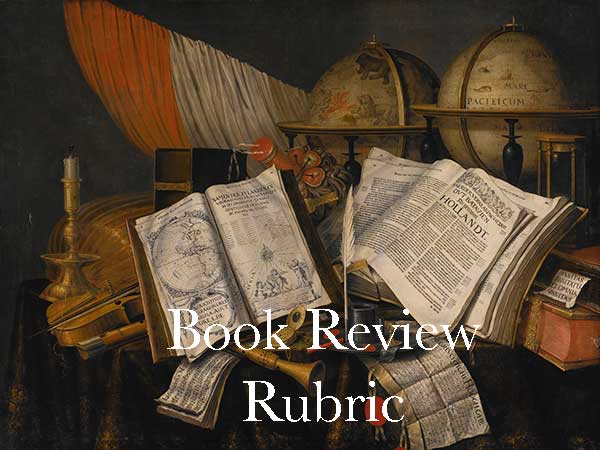
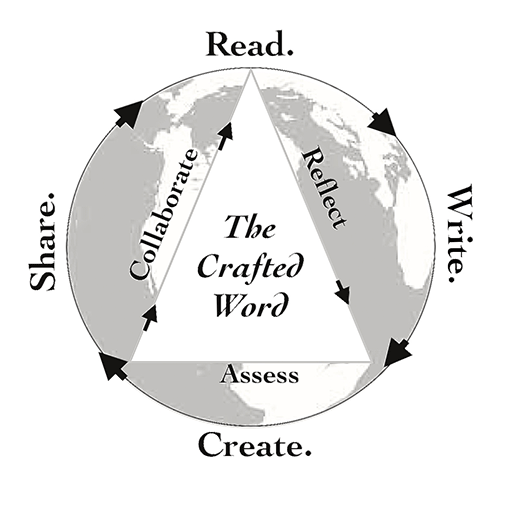
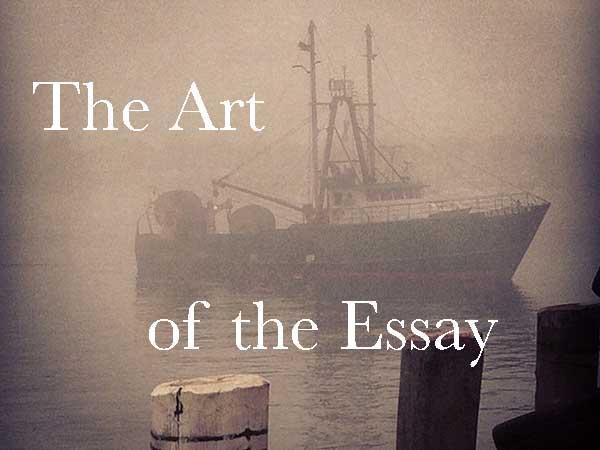

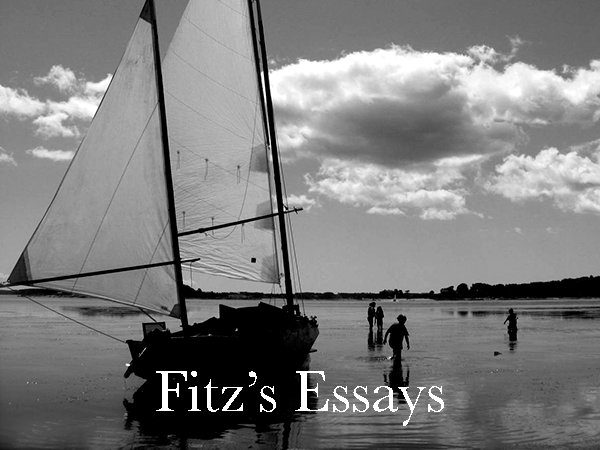
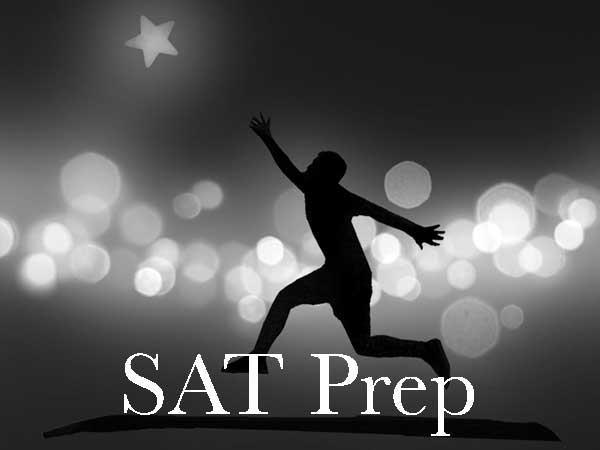
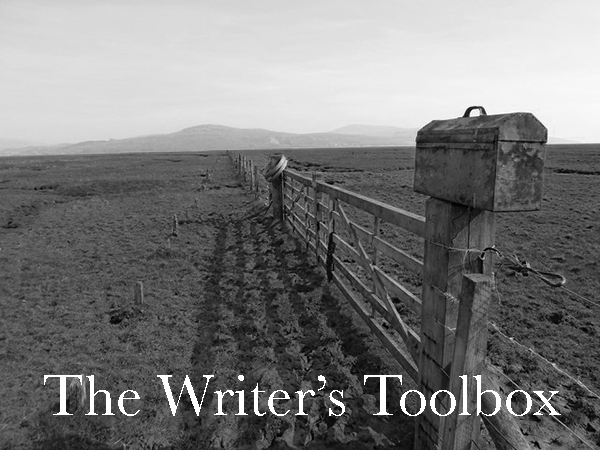
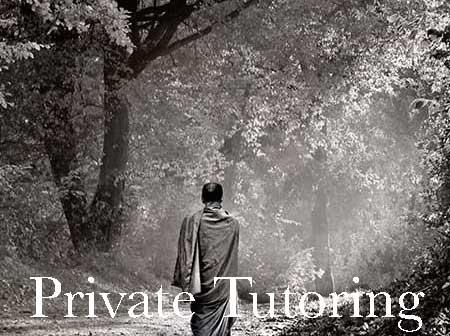
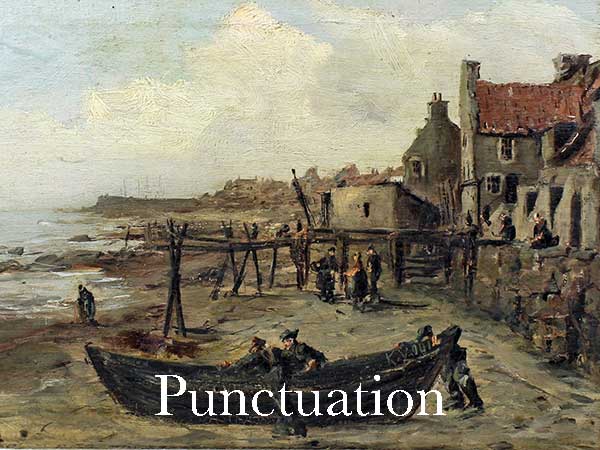
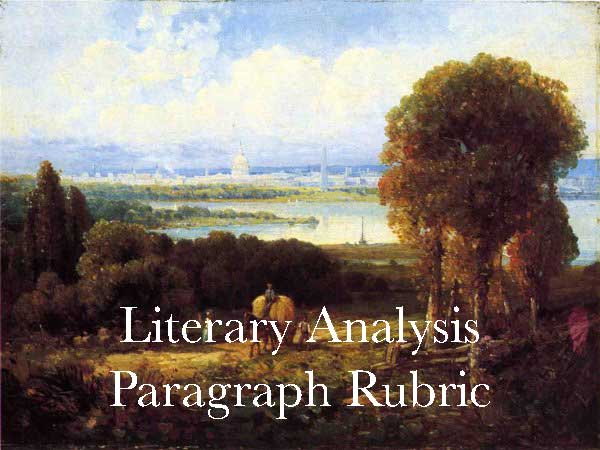
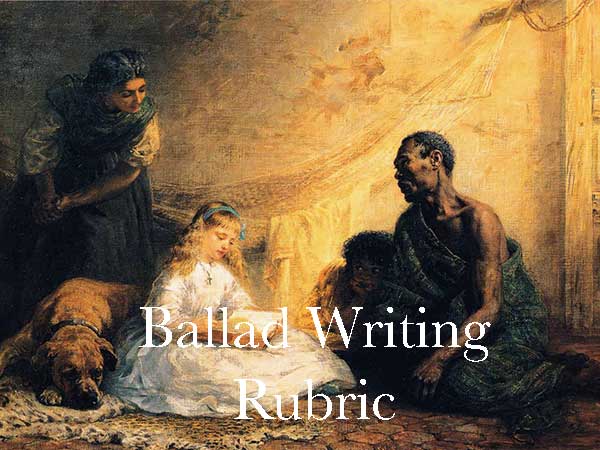
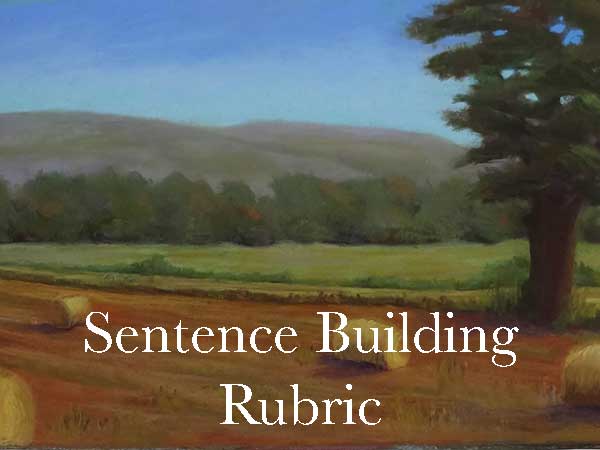
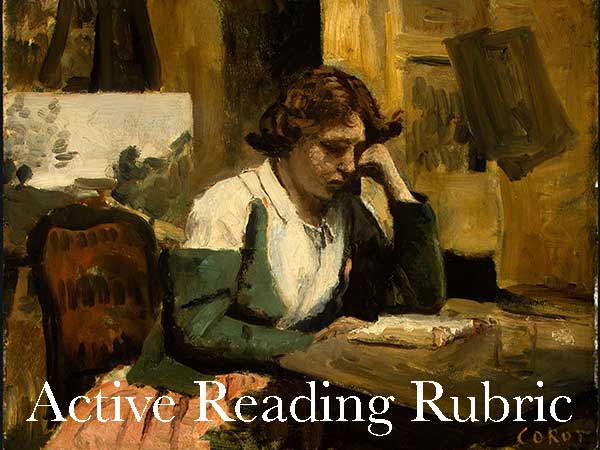
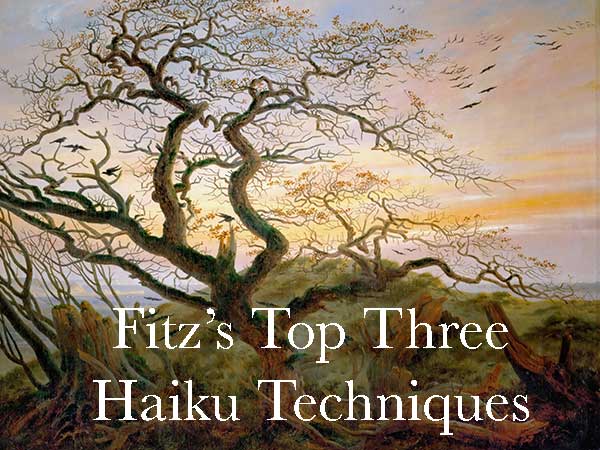
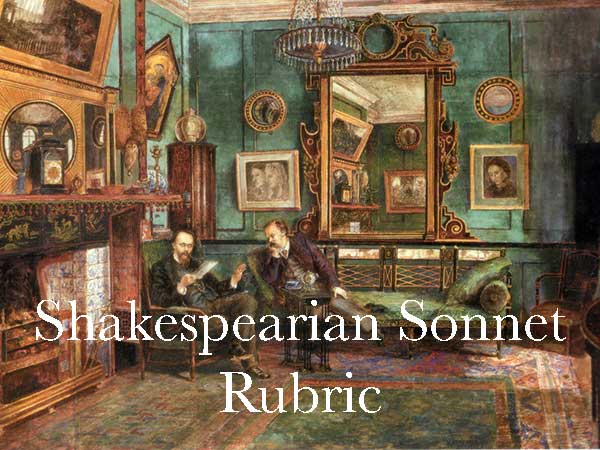
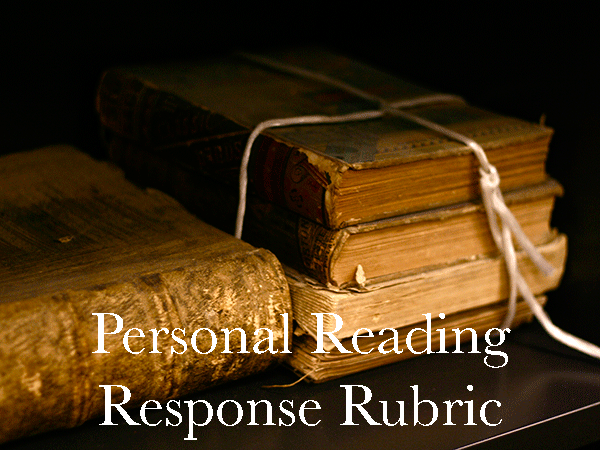
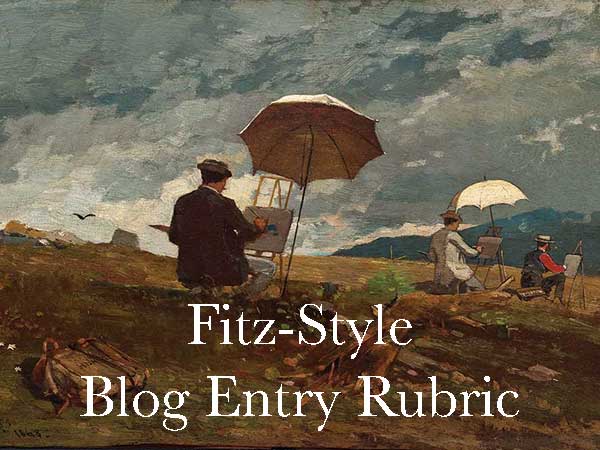
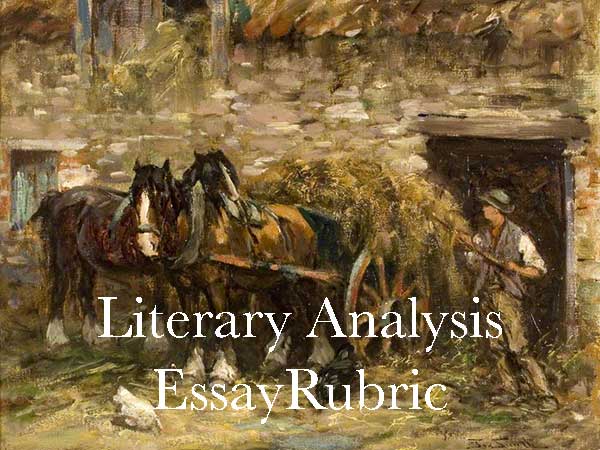
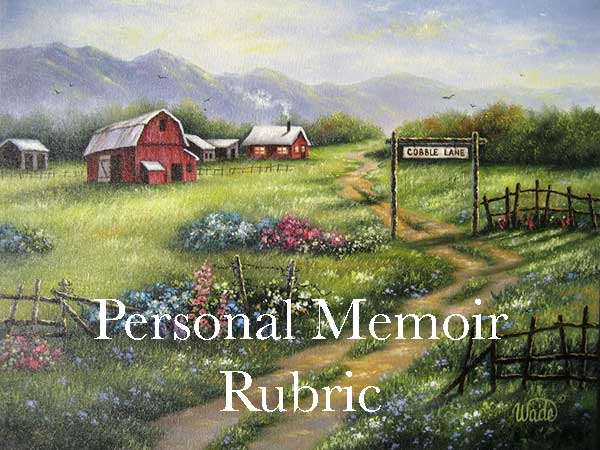
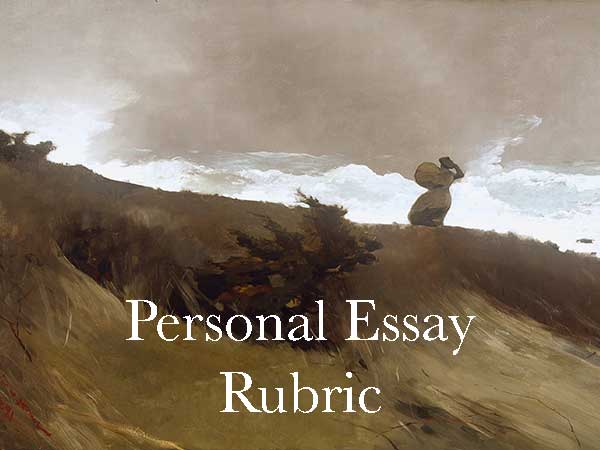
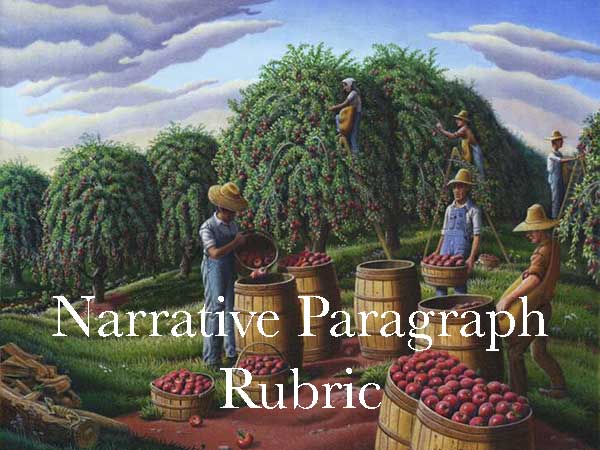
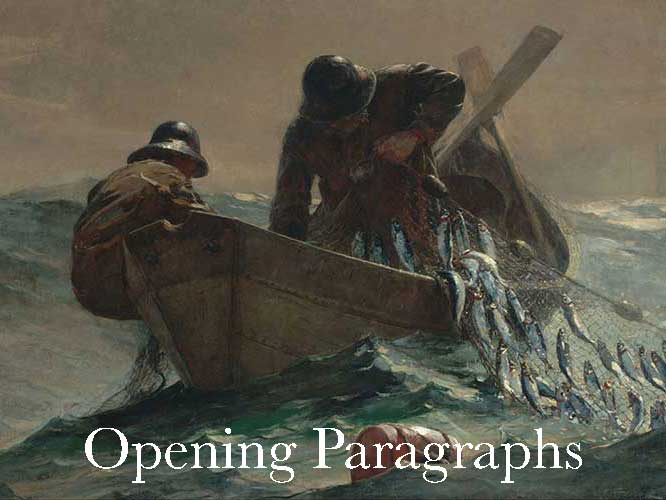



Recent Comments